
9 minute read
Theatre Teatru Manoel and surviving the
from Artpaper. #12
by Artpaper
Art News / Malta October - December ‘20
MALTA
Advertisement
KENNETH ZAMMIT TABONA is Artistic Director of the Valletta International Baroque Festival and of Malta’s Teatru Manoel. He is also one of Malta’s best-known visual artists and illustrators.
KENNETH ZAMMIT TABONA
BETWEEN SCYLLA AND CHARYBDIS
Confessions of a frustrated Artist and Artistic Director this would have been the first time that a baroque opera by a Maltese composer tal-Flagship, should be given a new lease of life and charm a new generation with
Never in my life did I ever imagine that the world would be plunged into a crisis on this scale. I’m sure I’m not alone.
Since March, we have existed in a surreal world – many of us barricaded in our homes, wondering when it would be safe to resume our former life. The days turned into weeks and the weeks turned into months and we are told that they may turn into years.
The pandemic is capricious and unpredictable. It strikes inexplicably, killing some, maiming others and affecting others asymptomatically.
As we all know after seven months of rumours and spurious theories, one of the most affected areas of our lives has been the arts. As Artistic Director of the Manoel Theatre, our national theatre, the plans and events that had been meticulously put into place years earlier had to be scrapped, and as soon as the last chorus of Rossini’s Otello faded last March the theatre closed and our summer programme was postponed or cancelled. We replaced these performances with online streams of our past productions and have planned ‘Covid-friendly’ performances that can happen with or without an audience from October until December, which will also be streamed. This is our raison d’etre.
We had a call for applications and the response was very encouraging; I was highly impressed with the imaginative projects for Covid-friendly performances that were proposed. These will be spaced out between October and April.
We hope to open our doors with a recital by soprano Nicola Said singing Samuel Barber’s nostalgic Knoxville, two romantic songs; Nursery Rhymes by Arthur Bliss and the magnificent Seven Early Songs by Alban Berg. Nicola will be accompanied by pianist Christine Zerafa, and for the Barber, a quartet: on first violin , Nadine Galea; second violin, Stefan Calleja; clarinet, Godfrey Mifsud; and Desirée Quintano on cello. The commission for transcription for this unusual combination was given to composer Reuben Pace. The concert should be wonderful and will open the season on the 23rd of October.
The most painful decisions involved in our programme recalibration concerned the January Baroque Festival and the March opera.
The programme for the festival is worked on from two years prior, and the 2021 festival programme was publicised during this year’s festival, when Coronavirus – for all we knew – was still a rumour. We contacted all the 300 plus artists in April and told them all that there stood a very real possibility that the festival in its usual form would not be feasible and gave them alternative dates in January 2022. Thankfully, they all accepted. Covid permitting we will replace the 2021 festival with a smaller more manageable Covid friendly one, with or without an audience, which will have to be socially distanced.
The opera was not so simple. We had planned to stage Richard Strauss’s only chamber opera, Ariadne auf Naxos, at the end of February. All arrangements had been made; conductor, director etc. Auditions had been held and the cast completed. The risk however proved to be too great, and we decided to postpone the event to March 2022. This would have represented the first Strauss opera performed in Malta, in German with Maltese and English surtitles. Covid permitting we will stage Purcell’s delightful but poignant Dido and Aeneas in Another first that was scuppered was the opera Pelopida by Maltese composer Geronimo Abos, which was meant to happen at the beginning of September. Again, would have been staged at the Manoel. A terrible pity as this opera, which was commissioned by Teatro Argentina in Rome in 1747, has not been performed in its entirety in living memory. This opera has been tentatively postponed to September 2021.
Where plays are concerned, we have some wonderful fare in the pipeline; de Filippo’s Napoli Milionaria, Shakespeare’s Othello, and the perennial favourite, Zeza the foibles of our ancestors.
Meanwhile we find ourselves between the Homeric monsters wondering how we can navigate the treacherous Covid waters in future. We cannot close down. That would be the death knell of art and culture. We must make the theatre as reassuringly safe as possible, taking all the necessary precautions. We must contribute to engaging artists, both local and foreign, to create art. And whether or not we have an audience, the creative arts must continue to be supported.
February instead.
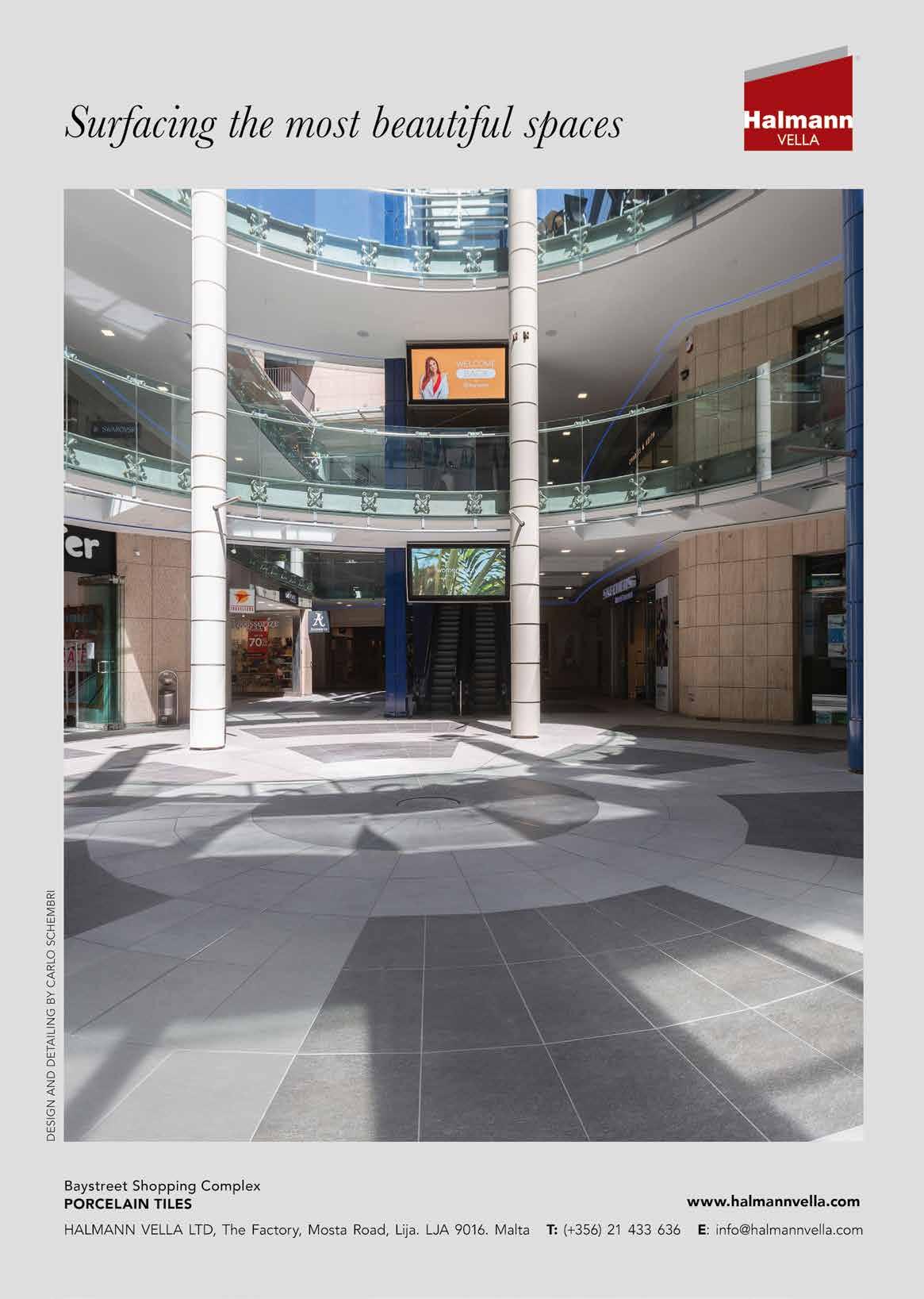
Art News / Malta October - December ‘20
MALTA
MARTA OBIOLS FORNELL
Out of Time
An exhibition by Vince Briffa took place at Art Hall Gozo until last week, with a collection of works on paper and mixed-media paintings selected from the last ten years of the artist’s studio production, including work produced during the Covid-19 lockdown.
“Once when ‘Care’ was crossing a river, she saw some clay; she thoughtfully took a piece and began to shape it. While she was thinking about what she had made, Jupiter came by. ‘Care’ asked him to give it spirit, and this he gladly granted. But when she wanted her name to be bestowed upon it, Jupiter forbade this and demanded that it be given his name instead. While ‘Care’ and Jupiter were arguing, Earth (Tellus) arose, and desired that her name be conferred upon the creature, since she had offered it part of her body. They asked Saturn to be the judge. And Saturn gave them the following decision, which seemed to be just: “Since you, Jupiter, have given its spirit, you should receive that spirit at death; and since you, Earth, have given its body, you shall receive its body. But since ‘Care’ first shaped this creature, she shall possess it as long as it lives. And because there is a dispute among you as to its name, let it be called ‘homo,’ for it is made out of humus (earth).”
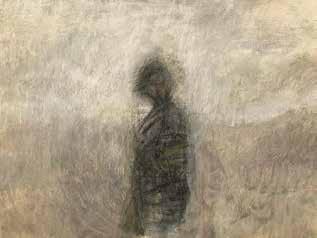
This ancient Latin myth of Cura that Heidegger cites in Being and Time to describe the Dasein’s Being as care is what came to mind when I first saw the work of Vince Briffa. I see Vince Briffa’s paintings as a reflection of the human condition, namely beings thrown into the world made out of putrid matter that shall return there. In his paintings one can see decomposing corpses, bones, lost spirits, etc. What once was in the hands of ‘Care’ now lays in the realms of the Earth and, who knows, maybe the remains of the soul are called back to Jupiter. The point is that his paintings are vivid thoughts of the mystery of birth and death and, in his own way, it looks like these two extremes become fraternal partners. One cannot really know what is arising and what is decaying.
Vince Briffa’s exhibition “Out of Time” attracted lots of visitors and has triggered different reactions. I have to say that I was surprised to hear so often “How beautiful!”. What is so beautiful? That we are born to die? That his paintings focus on the dark side and there are no flowers so to say? I appreciate his paintings because they are intriguing and thought provoking, even terrible one could say. What’s the problem? Doesn’t sound good? Why should it? Of course, no doubt, as we all say, beauty is in the eyes of the beholder.
COMIC
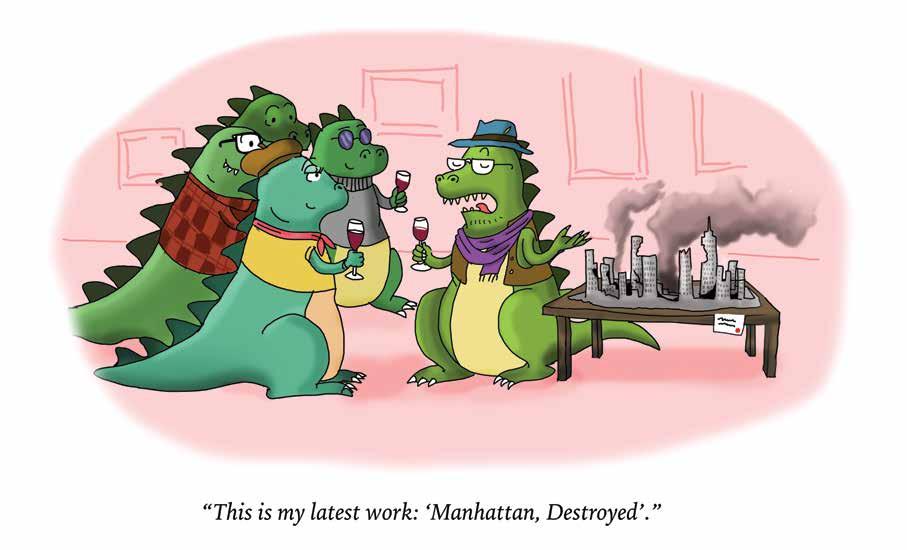
Artoon by Bruce Micallef Eynaud

UK
Art News / International October - December ‘20
Tate and National Galleries of Scotland (NGS) cut ties with Anthony D’Offay following misconduct allegations
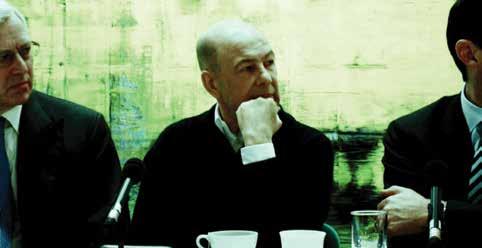
>In a joint statement issued with Anthony D’Offay, Tate has announced an agreement to end its relationship with the retired British art dealer, collector and curator. Tate will be returning over 200 works of art to D’Offay following accusations of sexual harassment and inappropriate behaviour reported in 2018. D’Offay has denied the allegations, which date back to 1997. Aside from the returned works, Tate has confirmed that the Artist Rooms Collection – which is jointly owned by Tate and the National Galleries of Scotland – will not be affected by these changes. The National Galleries of Scotland (NGS) have confirmed similar action, with a spokeswoman outlining that an agreement with D’Offay had been reached, and that “works of art currently on loan to NGS from Mr D’Offay will be returned”. The Tate – which comprises four major art museums located in London, Liverpool and St Ives – will remove any public signage attached to D’Offay’s name, including the walls of Turbine Hall.
USA
Royal Opera House to sell David Hockney portrait in a bid to raise funds amidst pandemic crisis
The Royal Opera House, home of the Royal Ballet and one of the world’s leading opera venues, has announced its intention to sell David Hockney’s portrait of its former chief executive, Sir David Webster. Webster was chief executive between 1945 and 1970, playing a significant role in the establishment of both the Royal Ballet and Royal Opera companies. The portrait is set to be auctioned at Christie’s in October and is predicted to fetch bids of up to £18 million. The Royal Opera House’s current chief executive, Alex Beard, described the decision to sell as a “tough call”, but pointed to its necessity for the survival of the UK’s biggest arts employer. Painted to commemorate Webster’s retirement following his twentyfive-year term, he is depicted sitting in Hockney’s studio, seated on a Mies van der Rohe chair across a glass table. Christie’s describes the work as a portrait that “unites Hockney’s flair for human observation with his lifelong passion for opera”. In 2018, David Hockney became the most expensive living artist when his Portrait of an Artist (Pool with Two Figures) (1972) was sold at Christie’s for $80 million.
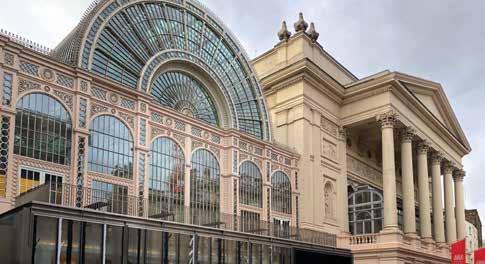
ONLINE
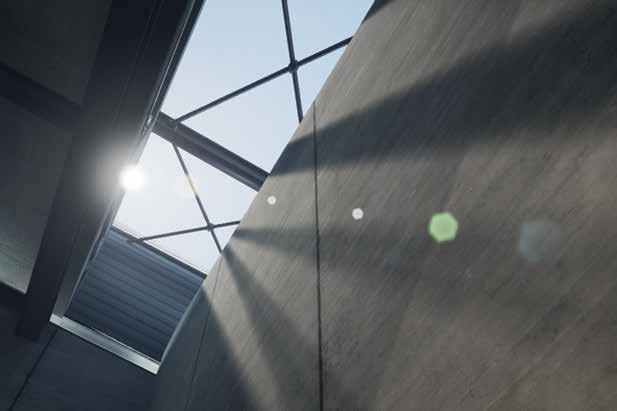
The World’s First Online Art Museum Opens to the Public
Virtual Online Museum of Art (VOMA) Image Courtesy of VOMA T he Virtual Online Museum of Art or VOMA has opened as the world’s first virtual museum. VOMA promises viewers an online experience of art entirely navigable through digital devices. The museum is set to present exhibitions featuring seminal works on loan from major global institutions around the world. The brainchild of artist Stuart Semple, VOMA has been built by an international team of architects, CGI designers, gaming experts and curators. Curator and contemporary art specialist Lee Cavaliere will occupy the position of VOMA Director. Cavaliere has described VOMA as “a new platform to hear the stories and histories of artists from across the world. Without the limitations of a physical location, access to a museum is possible to anyone with an internet connection”. The museum lists a number of core aims, each outlining values against which the online space will operate. These include ‘Anti-Nationalism’, ‘Telling Truth to History’ and ‘Exploring and Celebrating Difference’, amongst others.










